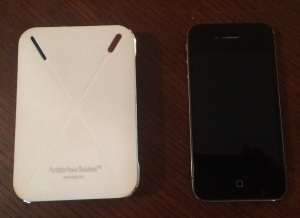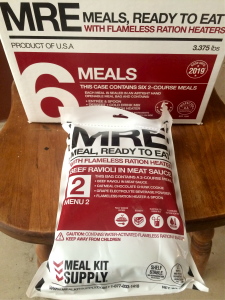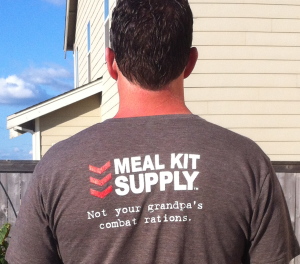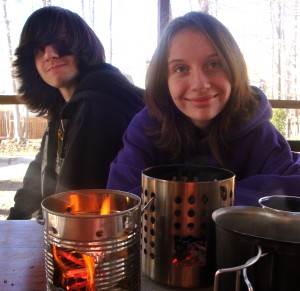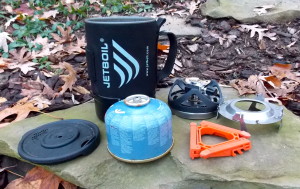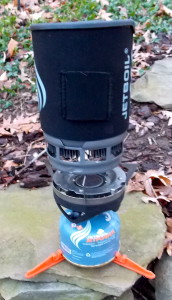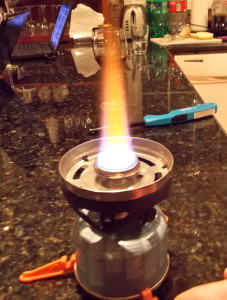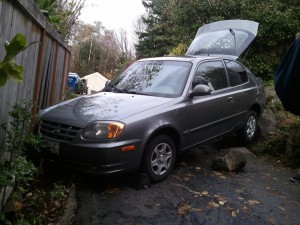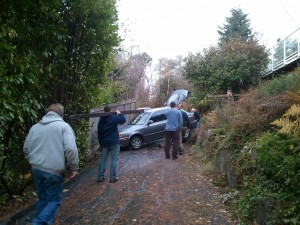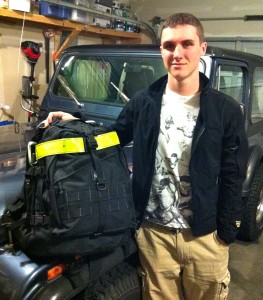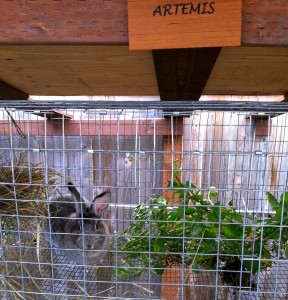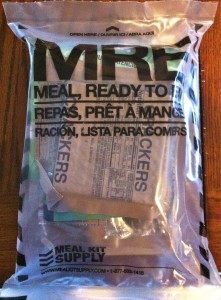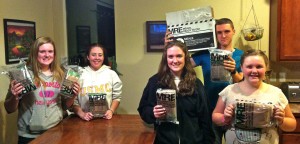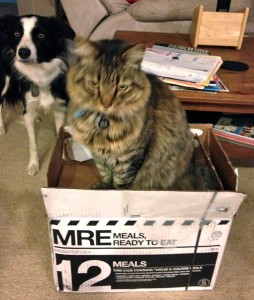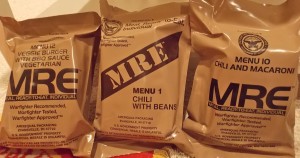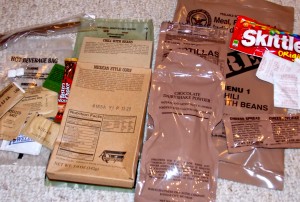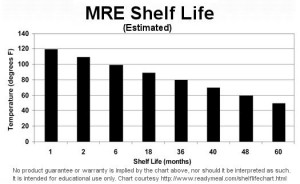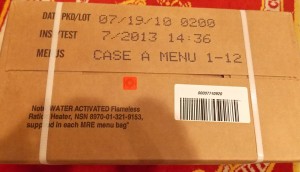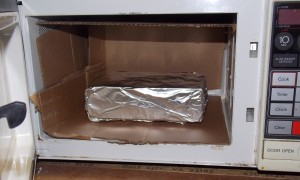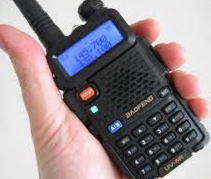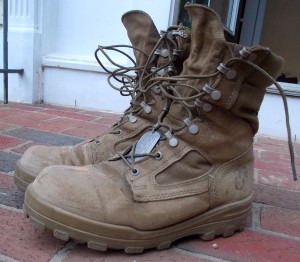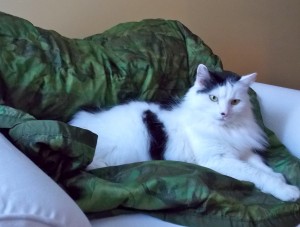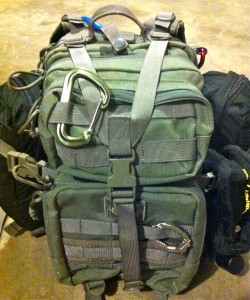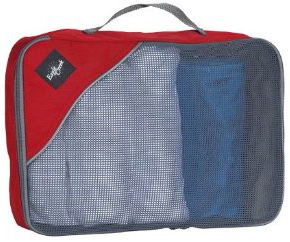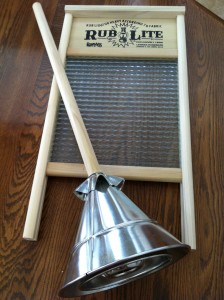As a prepper, I like things that are rechargeable. It minimizes the gear I have to store and carry. I especially like rechargeable batteries, with very little pre-planning you could continue charging and using them for a long period of time — even during a collapse.
One of the primary rechargeable devices that I–and everyone else–carry is my phone. Most of the time keeping my iPhone 5S charged isn’t a big deal, I keep it plugged in if I’m in the car, at work, or in bed; in between those times it typically has plenty of battery life. But for the times I’m not around a standard outlet, I like to have a portable charger. Previously I used a New Trent i-Torch External Battery, but recently–after testing and evaluating–I’ve changed to Portable Power Solutions M110 External Battery.
The M110 External Battery is ruggedly built, it feels like I could drop it and it really wouldn’t care. It’s not much bigger than a deck of playing cards at 4″ x 2.8″ x 1″, weighing 10 ounces (a deck of cards is 3.5″ x 2.5″ x 5/8″). It nicely fits into a convenient pocket on my EDC bag (it even fits in my back pants pocket). It has enough power to completely recharge my iPhone, even if the phone’s dead, four times. The External Battery has an USB outlet so it’s easy to recharge; to completely recharge it takes about 10 hours.
Portable Power Solutions also has a 7W Foldable Solar Panel that pairs nicely with their External Battery. But the Solar Panel can also provide enough power to charge your cell phone, or even tablet, directly from the sun. It folds down to a convenient 7.5″ x 7.5″ x 1″ with a rugged cover that includes a pocket to store accessories. When in use, it folds out to 15 inches long and can easily be attached to your pack (it has eyelets for this purpose), or set down angled toward the sun.
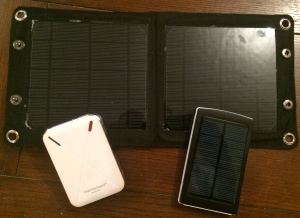 Portable Power Solutions’s final product is a 10K Solar Charger. It has the same lithium battery storage capacity as the M110 External Battery, and is about the same size (5.2″ x 3″ 0.8″, weighing 6.2 ounces). It’s a highbred, meaning it can both store power and be recharged by the sun — but it doesn’t do either thing as well as the two individual ones above. It has a small solar charger so it takes a long time to charge (36 hours). And though they still try to make it rugged, it does have a solar panel on it and needs to be handled with much more care. But it can, and does, do both jobs to the best of it’s capability.
Portable Power Solutions’s final product is a 10K Solar Charger. It has the same lithium battery storage capacity as the M110 External Battery, and is about the same size (5.2″ x 3″ 0.8″, weighing 6.2 ounces). It’s a highbred, meaning it can both store power and be recharged by the sun — but it doesn’t do either thing as well as the two individual ones above. It has a small solar charger so it takes a long time to charge (36 hours). And though they still try to make it rugged, it does have a solar panel on it and needs to be handled with much more care. But it can, and does, do both jobs to the best of it’s capability.
Portable Power Solutions is veteran owed, and they’ve “been there”. All of their products are built to be heavy duty, durable, and weather resistant — they’re designed primarily for military guys to take to the field (who are notoriously hard on gear). I like the products and the company, and it’s definitely earned a spot in my everyday carry (EDC) and my Get Home Bag.

